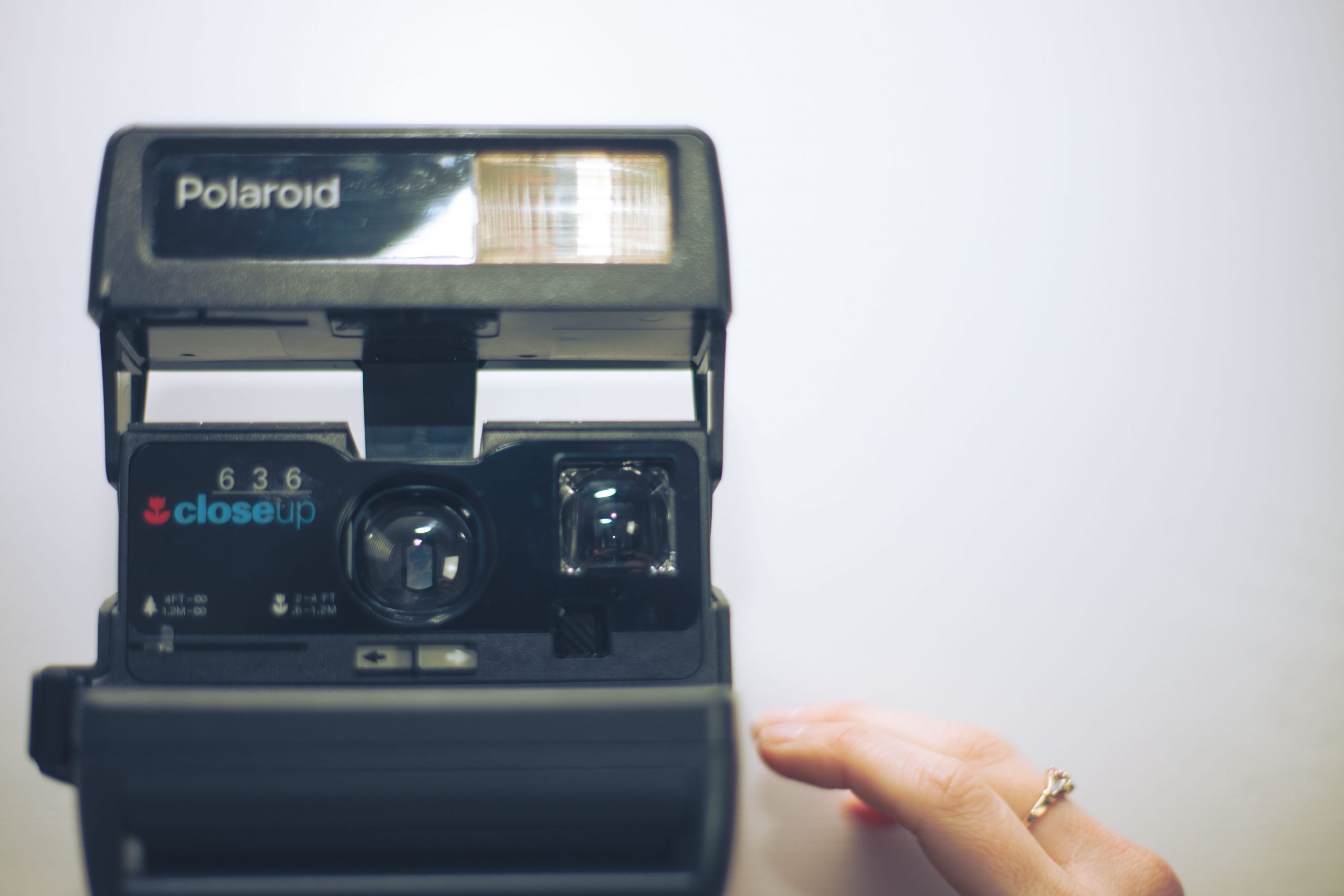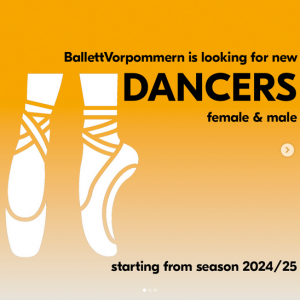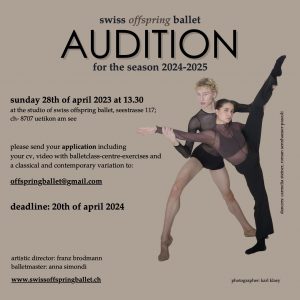
Photos
A guide on what photos need to accompany your CV
When you apply for auditions, you will usually receive instructions on what to include in your application. Typically, this will include a headshot and several dance photos, one of which should be a full-body shot. Make sure to carefully read the instructions provided with the application.
Most modern smartphones have good-quality cameras. However, it is important to note that the better the camera, the better the quality of the photos will be. Additionally, be sure to pay attention to lighting when taking your pictures, as proper lighting can greatly enhance the overall look of the photos.
Headshot
What is a headshot?
A headshot is a “tight” portrait, focusing on your face and it is meant to showcase you. It usually frames you from your chest to the top of your head however sometimes it can be nice to have the photo taken from the waist up. The main focus of a headshot is always the face, you can call it a sort of passport photo only it can be nicer!
The reason you need a headshot is to showcase your facial features like your smile, skin complexion, hair colour, haircut and eye colour. That’s why, unlike the actors’ headshots, I suggest it should not be in black and white although it isn’t always necessary. If the best photo you have is in black and white, then use that one.
This photo needs to be fairly recent so that when you arrive at your audition the director/management will recognise you instantly. So remember to keep your photo fresh and updated.
Full body/Dance photos
What do we mean by full body/dance photo? This is a photo/photos that show you in movement. It highlights some of your better qualities as a dancer.
Example: High extensions or lovely jumps
So what photos can/should I use? I find some of the best photos to use are those which are taken during a performance. If you don’t have any of those then you might need to consider employing the help of a professional photographer.
Don’t send bad photos of yourself, or photos you aren’t quite happy with.
Here are some Tips
- Where you can, use performance photos for your full body/ dance photos. Directors want to see you and how you look on stage.
- If you do a photo-shoot be sure to have a range of movements pre-planned. It is often daunting standing in front of a camera. It’s as though all our dance vocabulary disappears from our minds. Be creative but be sure to have some clean-lined photos taken along with stylistic jumping or moving/dancing photos.
- Try to create different moods with the photos you send. One should be clean and aesthetically pleasing lines while the other should show a bit of your personality (smiling/intense/emotional- but dancing). It is not just about being picture-perfect. It’s also about seeing a story through your photos, to catch the viewers’ attention.
- Try to create a dance sequence and get photos from that. Photos in movement but not blurry.
Remember:
Relax
When you feel comfortable, your photo will come across as more natural. Try to have a friend talk to you while the photos are being taken so you can relax or play some music. Have you ever noticed how candid photos are always better…
Don’t be shy
It is important to highlight your best features. Directors want to see who you are and that you have confidence for the stage.
Example: If you have striking broad shoulders, consider wearing clothing that accentuates them, such as a halterneck top or leotard. This not only shows off your best features, but it also demonstrates confidence and self-assurance.
Use a recent photo!
It is always best to use a more recent photo. Why? Simple… because that way when you show up to the audition you don’t look too different from your photo. This gives the director a much clearer idea of what you look like.
Keep the focus on your face
It is important to keep both the literal and metaphorical meaning of the word “focus” in mind. In terms of photography, your face should be the focal point of the image. Sharp, clear and in focus. Avoid submitting a photo that is blurry.
To keep the attention on your face, it’s best to avoid having your hair covering it, take off your glasses, and avoid wearing large pieces of jewelry that might be distracting. A headshot should be simple, with the emphasis on you as the subject, not on your surroundings or what you’re wearing.
Pick a well lit photo
Your photo should be lit well, bright enough to see but also nice to look at.
Don’t use an overexposed (too bright) or an underexposed (too dark) image.
Quality vs Size
When submitting photographs, it’s important to consider the quality and file size of the images. In a nutshell, higher quality images will have larger file sizes. It is important to ensure that the images are of high enough quality to be clearly visible. A good rule of thumb is to aim for a maximum file size of 2mb per photo. There are a few ways to achieve this is, adding the images to a word document or using an online image size reduction software (like www.reduceimages.com) or just by using Preview on a mac or Picture tools on Windows (click on the links to find out how).
Get professional help (if you can)
It goes without saying that a session with a professional photographer will produce better results. It isn’t just that they will have a better camera and lighting, but they have the know-how-to for such equipment for a better effect and experience to tell you what NOT to do. Of course, this comes at a cost, but with a bit of research, you can probably find someone you can both afford and be happy with the results of. If you’re in our region you can check out our photography services here.
Alternatively, you can contact local artists or photography students that might be willing to help you out pro-bono (free). Just be sure you get a natural-looking headshot from your photoshoot. Make sure to avoid using heavily edited or “funky” photos.
In conclusion:
Do's:
- Make sure it is in focus! A blurry photo is a bad one, keep your face sharp and always check after you have taken the picture.
- Try to wear something monochromatic – don’t wear too many patterns. Solid colours are always a good option for your photos. It won’t distract the viewer from you.
- For your headshot look at the camera. A headshot doesn’t need to be abstract, keep your gaze on the camera.
- Smile. When it comes to headshots, I suggest you smile. It shows you have a friendly character and that you’re approachable.
- Touch up on your make-up. When you’re in front of a camera it is a good idea to have some makeup on. Wear some powder so you won’t appear to shiny in your photos.
Dont's:
- Avoid complicated or heavily patterned backgrounds, they will probably be out of focus anyway.
- Don’t hide your face. Your hair should be away from your face, it can be loose if you want, but make sure we can see you.
- Don’t clash with the background! Your clothing, your hair and your skin colour should be distinguishable.
- Don’t wear unnatural coloured make-up! Try and keep it as natural as possible.
Photos

More posts
- All
- The Email
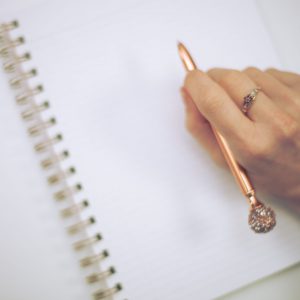
Cover Letter Write a cover letter that will help you get noticed! To begin you need to have a good cover letter. It needs to be personal yet formal. So let’s begin… Before you begin writing your cover letter be sure to do some research on the company you are applying for. You can check out this post for a guideline on how to do so: All…
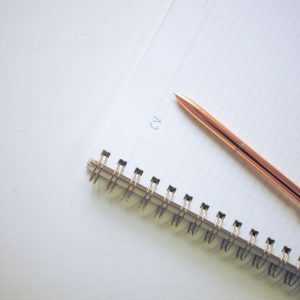
CV How to write a great resume! So what is a CV/Resume? CV stands for Curriculum Vitae also referred to as a Resume. Essentially, it is a short version of all you have accomplished thus far in your educational and professional career. The hardest part about writing a CV is making it appeal to your audience (directors and ballet masters/mistresses) while being informative. It is often difficult to…
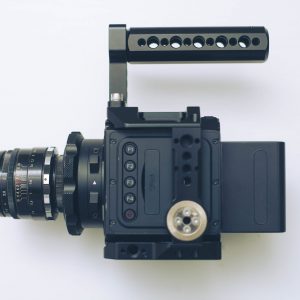
Video One step closer to getting an audition! Why does a good video make your case? This could be the first time a director sees you dance and as we know first impressions matter! How you send your videos and what you send in them is very important. Below we will look at the key points you need to focus on. Here is a brief overview of what…
